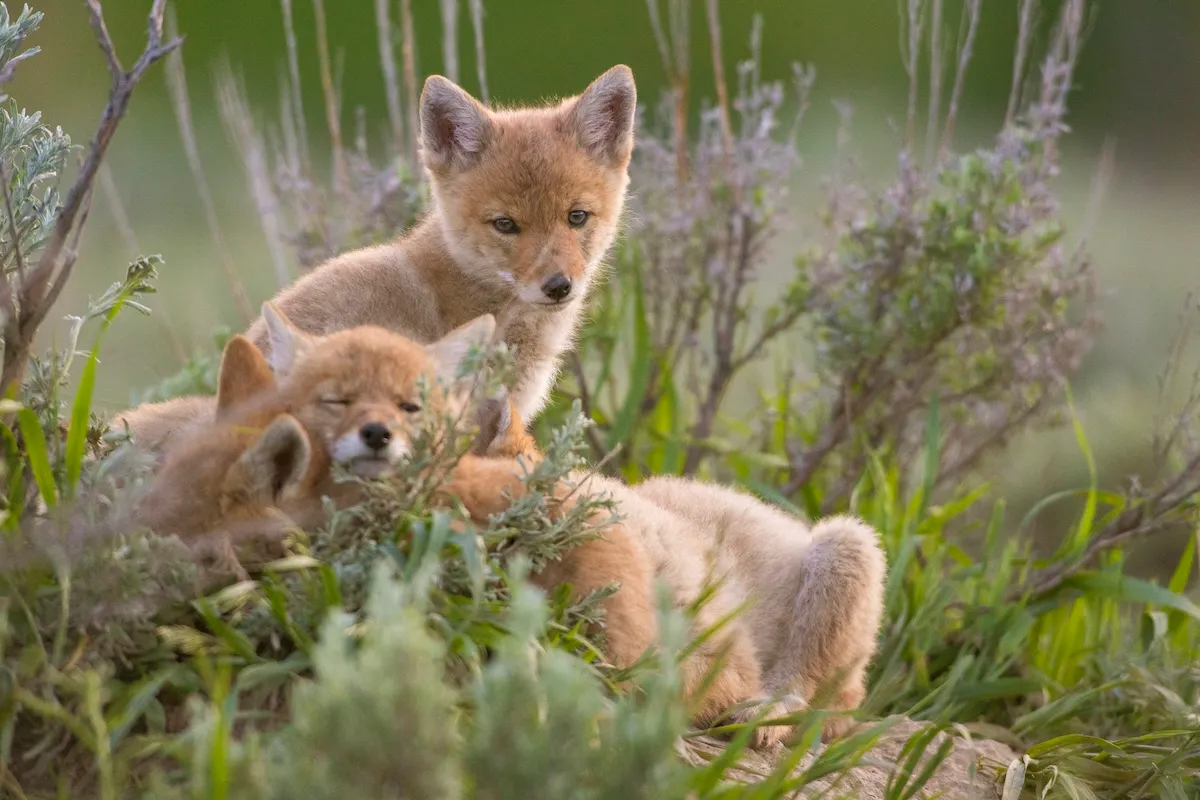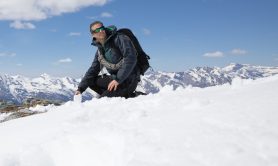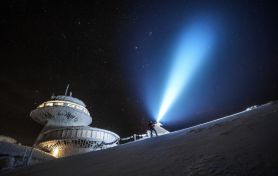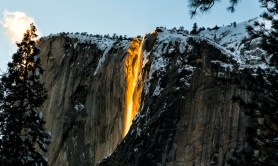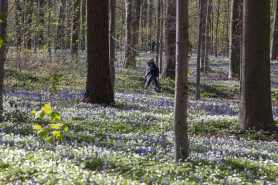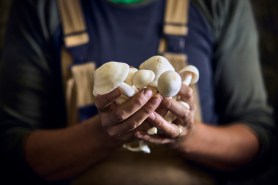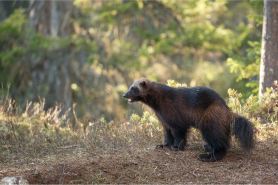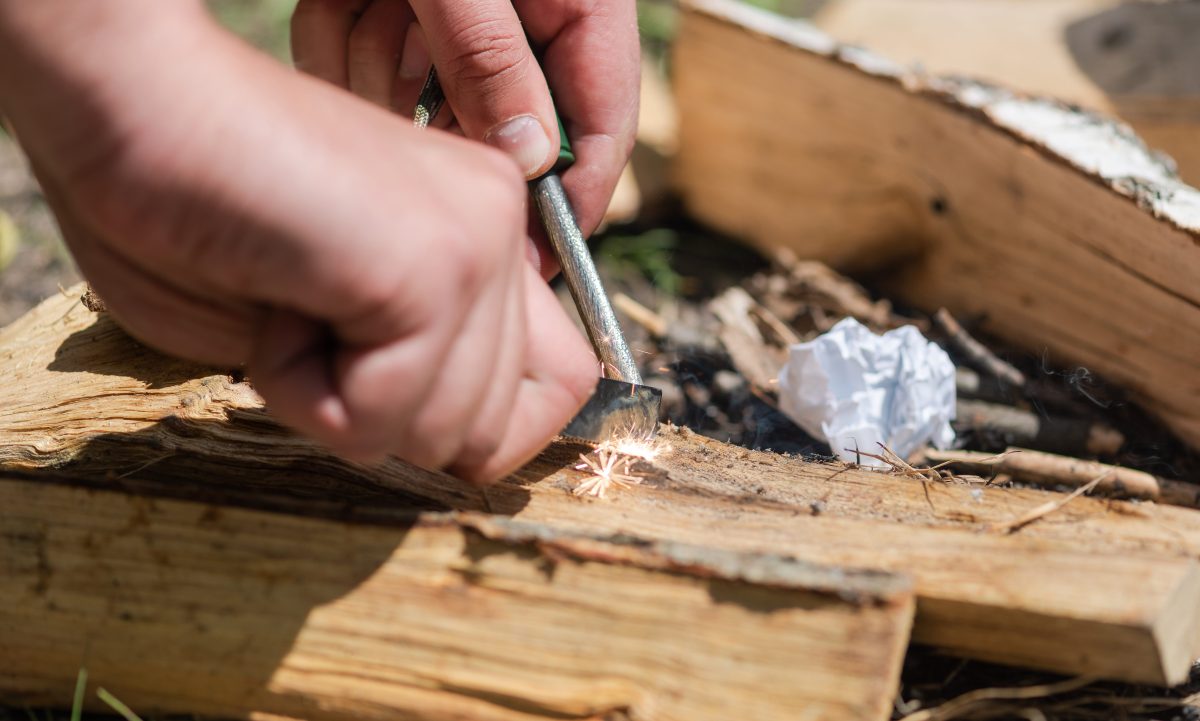

It can happen. You find yourself out there, far from home or camp, without an easy way to get a blaze going. Maybe your matches got wet? Maybe you forgot them in the first place. Although it takes patience, there are a few different methods to make fire without relying on matches or lighter.
Videos by Outdoors
The first step is to gather your materials, regardless of the method. To get a fire going, you’ll need burnables of three sorts and sizes:
Tinder: easy burnables like very dry leaves, dry moss, sticks, bark and pine needles. Got some pocket lint? That works too!
Kindling: Sticks and twigs no thicker than your finger
Wood: Logs and sticks thicker than kindling
Have neat piles of each ready to roll since things will move quickly.
Here Are 3 Fire-Starting Methods
Flint and steel
It’s a simple tool, and a great safe backup to purchase and have with you just in case. (Attach a set to your keychain, your backpack or put it on a string around your neck). Position your tinder in a loose ball directly under your tool and then quickly rake the steel down the flint to produce a spark. Once you see a spark on your tinder ball, blow gently to keep it glowing and growing. You’ll want to quickly transfer the ember to more tinder, while continuing to gently blow until you see real flames. This may take a few tries. Once you have flames going you can add kindling and then maintain it by adding large pieces of wood.
In a pinch, you If you don’t have a flint and steel, you can run a pocketknife against actual flint rock (if you can find it), a dark gray quartz stone that’s usually found alongside rivers.
Bow Drill
Friction fires aren’t the easiest to get started, but they work — eventually. Make a bow drill using a shoestring or a piece of cord (from your tent or backpack), to create the bow string. Attach it to a curved stick. Find another sturdy stick, straight this time, approximately the thickness of your thumb to act as a spindle. Round one side of the spindle stick and carve the other side into a tapered point.
Make your hand block by carving a small indentation that fits the tapered end of your spindle. Make sure the spindle can spin freely in the indentaton.
Finally, make your fireboard. Make a small, concave divot in the board where the curved side of your spindle can spin to create the friction needed to make an ember.
Have your tinder bundle nearby, ready to receive the ember. Put the curved end of the spindle into the divot on the fireboard and your foot on the fireboard to keep it in place as you work it. Wrap the bow firmly around the spindle, using the hand block on top to help keep your hand steady. Move the bow back and forth to spin the spindle. Eventually, the friction creates enough heat to start a fire. You will see sawdust pile up in the fireboard divot – this is what generates embers. Use your pocketknife to transfer the ember to your tinder pile and blow on it to start a fire. Add kindling and wood to keep it going.
Magnifying Lens
Hold the magnifying glass so the sunlight ray goes through the lens and onto the tinder. It may take a bit, but eventually, smoke will start and the kindling will burn. Blow on it to get a flame going and then add kindling. If you don’t have a magnifying lens, you can use any curved glass, like a binocular lens, or even eyeglasses. Of course, this method only works during daylight hours.
None of those are going to be a fun time, so you may need to reward yourself. Cook some campfire s’mores and let the frustration fade into the night.

